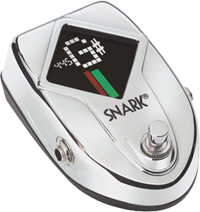What do they have in common?
If you dig into what’s been written on reference pitch (which I’ve posted about before), you’ll encounter all kinds of strange alleged connections; that the Great Pyramid in Giza resonates at a certain pitch (it must resonate at some pitch, though the idea that it was designed for a specific pitch stretches my imagination), that the Nazis standardized A=440 Hz as a subtle means of thought control (actually it seems to have been piano tuners in New York in the ’20s), on and on.
Ignore it (or choose to be amused by it). What matters is how the music sounds. After recording yesterday with a reference pitch of A=424 Hz for the first time, I’m convinced 424 Hz is musically superior to 440 Hz as a standard reference. 424 Hz is a little over a quarter-tone (62 cents, I think) flat from 440 Hz. For reference, using A=440 Hz, the Ab immediately below A would be at 415.30 Hz.
A=424 Hz is easier for me to sing in. My acoustic guitar seems to resonate for longer, with richer harmonics. Hopefully you’ll start to hear it as we release new music; the new Mars Lights EP is being recorded at A=432, and the songs I did yesterday will appear on the MR|Ten compilation in September.
 Not many tuners will let you adjust your reference pitch that far down. One that does, that I use, and that also happens to be a great, true-bypass, chromatic tuner is the Snark SN-10. I paid full price for mine, and am entirely happy with it, especially when using the trick of rolling back my guitar’s tone knob all the way to better let the fundamental frequency through the signal.
Not many tuners will let you adjust your reference pitch that far down. One that does, that I use, and that also happens to be a great, true-bypass, chromatic tuner is the Snark SN-10. I paid full price for mine, and am entirely happy with it, especially when using the trick of rolling back my guitar’s tone knob all the way to better let the fundamental frequency through the signal.
Have I convinced you to experiment with your reference pitch yet?
